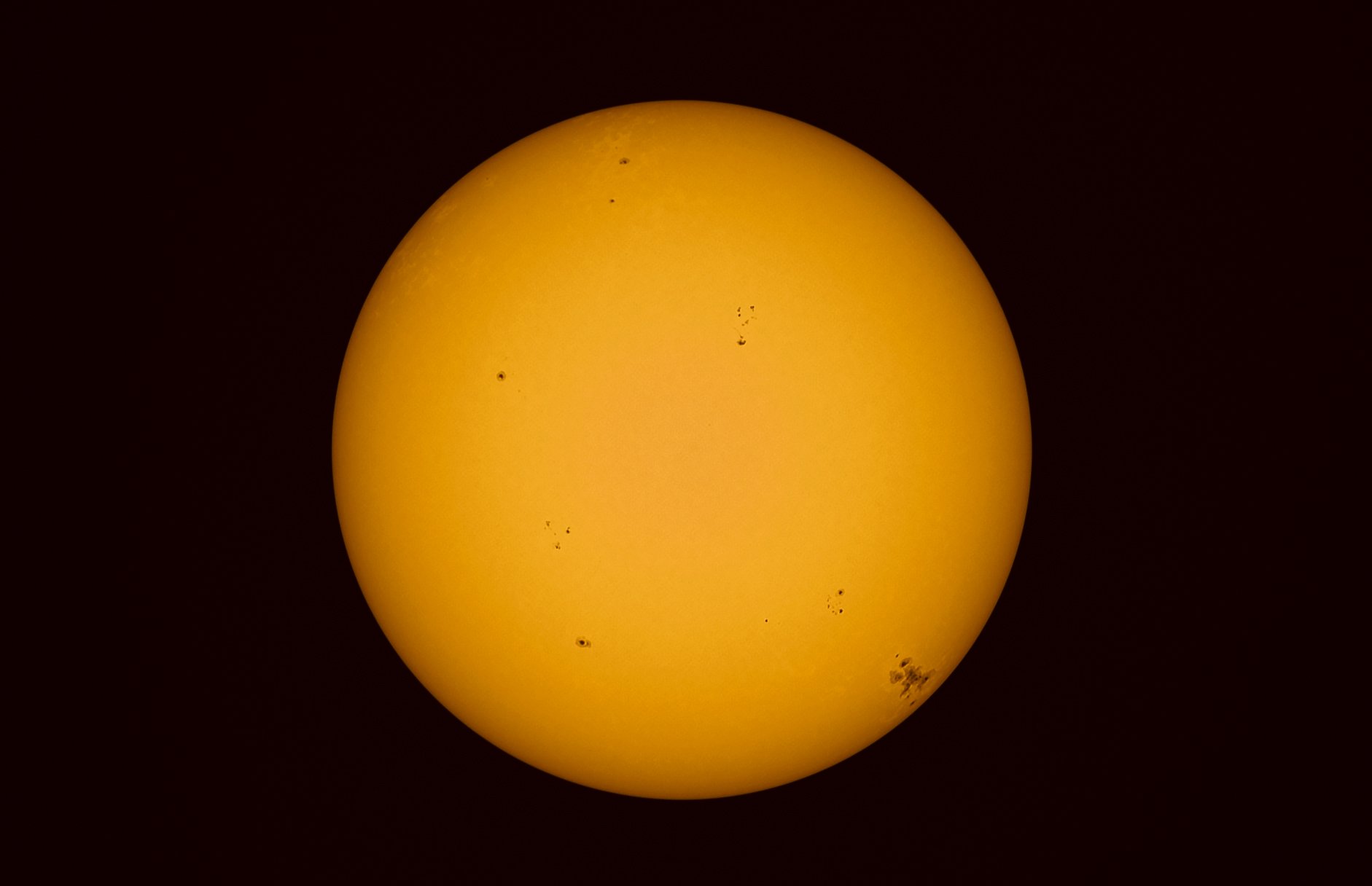Comet Lulin video
Comet Lulin graced North American skies in the winter of 2009. Fortunately, the closest approach was during the Winter Star Party in February. Comet Lulin proved to be much more interesting than I had previously been inclined to believe. The comet brightened dramatically over the week of February 24 and sported a beautiful ion blue tail. I slewed to the comet with the scope and began my initial exposures and was surprised by the views on the LCD screen. The blue ion tail was crumpled and extending away from the comet nucleus in a beautiful fashion. So this object became the main target object during the 2-4 a.m. imaging window on most nights.
This video is a time-lapse sequence of 9 3.5 minute exposures taken on February 21, 2009 from the Winter Star Party in the Florida Keys. Each image was optimized in Adobe Light Room and the video was compiled with Windows Movie Maker. The video loops several times so that the viewer can pick up the subtle changes in the blue ion tail. Geostationary satellites are common in this area of sky and pass through the field as through they were moving airplanes, but in fact it is the telescope and camera moving to compensate for the Earth's rotation.
Comet Lulin

Comet Lulin graced North American skies in the winter of 2009. Fortunately, the closest approach was during the Winter Star Party in February. Comet Lulin proved to be much more interesting than I had previously been inclined to believe. The comet brightened dramatically over the week of February 24 and sported a beautiful ion blue tail. I slewed to the comet with the scope and began my initial exposures and was surprised by the views on the LCD screen. The blue ion tail was crumpled and extending away from the comet nucleus in a beautiful fashion. So this object became the main target object during the 2-4 a.m. imaging window on most nights. More information on the comet can be found by clicking on the title of the blog at NASA's website. You may also click on the image for a larger presentation.
This particular image was taken during the 2 a.m. hour of February 21, 2009. It is a composite of 9 exposures of 3.5 minutes each at ISO 1600 on the Canon 450D through the TMB 92SS refractor. Comet imaging poses additional challenges when the comet is fast moving such as Comet Lulin. The imager must combine several short exposures for the background sky as well as for the comet. So two iterations of stacking are needed since the comet is moving relative to the fixed star field. This is quite challenging in processing, but we do have techniques that allow us to accomplish this with nice results.
All of the processing was accomplished with Adobe Light Room 2.0 and PS3 with some Noise Ninja for noise reduction. Images were aligned and stacked with Images Plus. A Sigma median combine was used on the comet nucleus to achieve a reduction in star trails and isolate the comet nucleus and tail in the combination. The total exposure time is approximately 30 minutes. I am also going to present a movie which depicts the comet moving relative to the star field. I hope you enjoy the image and please check out the NASA link for more information on the comet.
Jeff's Blog
Join me on photography journeys from desert landscapes to deep sky wonders.



















